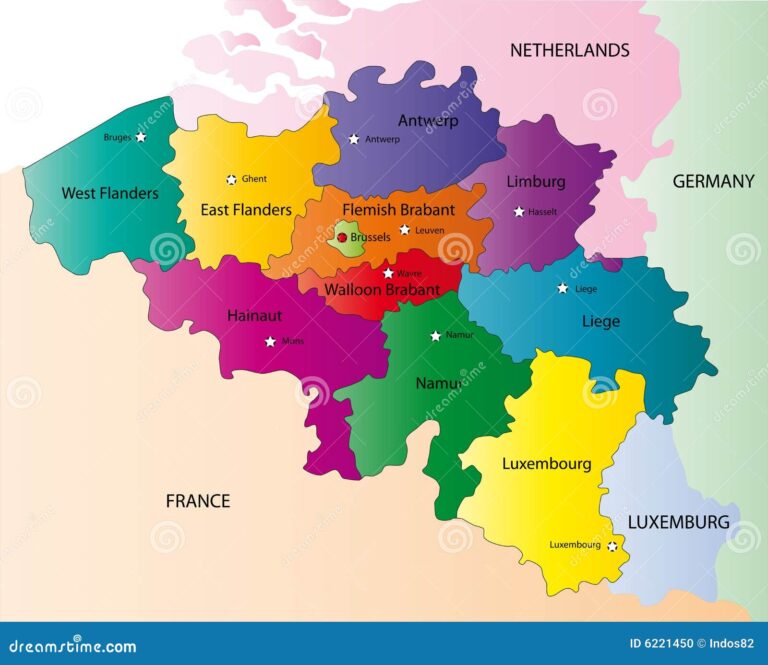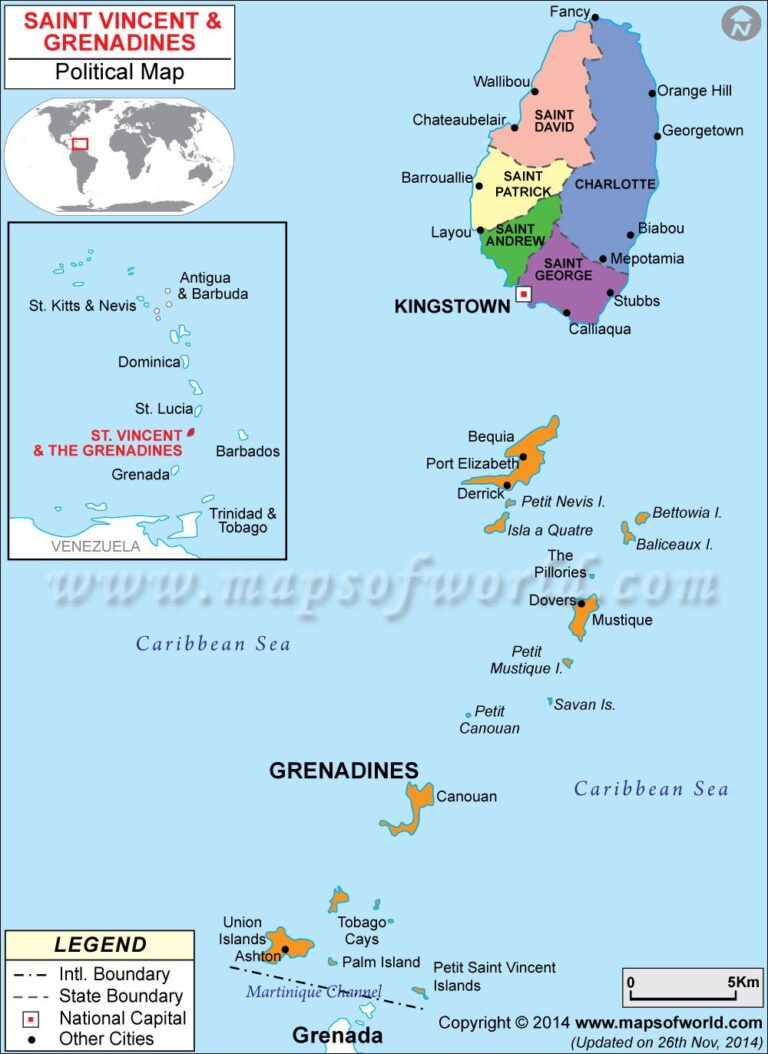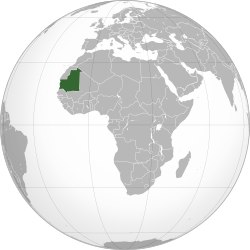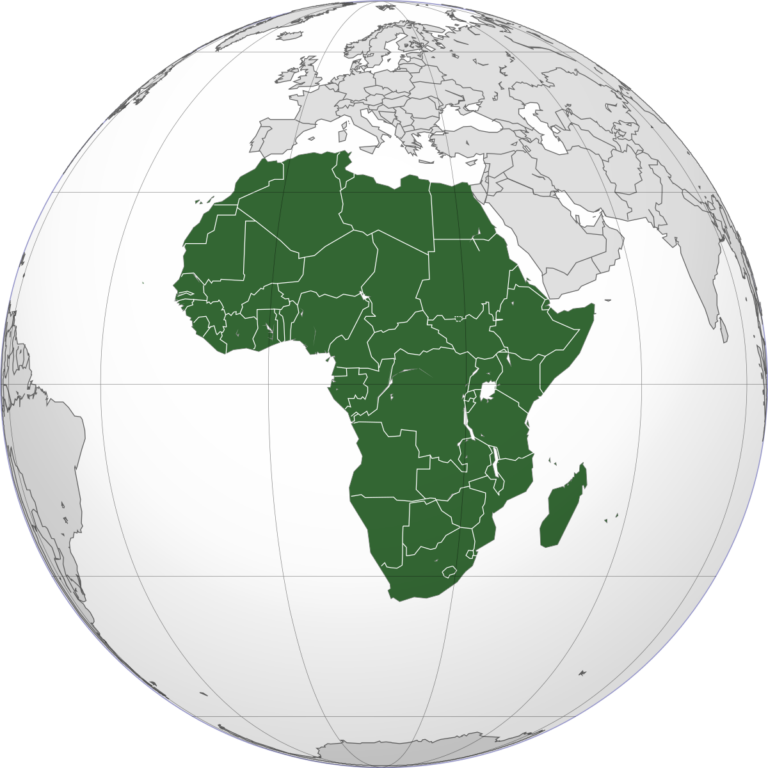France Neighbouring Countries and European Neighbors
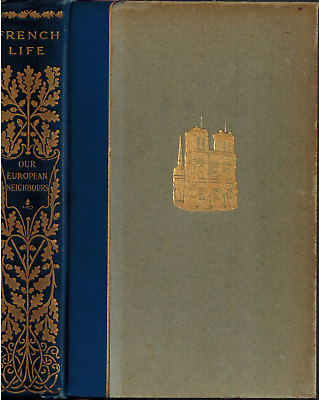
France’s Neighbors
Germany and Belgium: Northern Borders
Germany and Belgium both cozy up to France’s northern side. Germany, with its epic history and economic muscle, shares a 451-kilometer-long greeting line with France. Meanwhile, friendly Belgium, with its waffles and rich culture, has a longer 620-kilometer boundary. They both keep the friendship strong through trade and diplomacy, lending a hand to the peace and prosperity of the whole region. It’s kind of like a neighborhood block party, but with countries.
| Country | Border Length (km) |
|---|---|
| Germany | 451 |
| Belgium | 620 |
Atlantic Ocean: Western Border
To the west of all that fun, the Atlantic Ocean is waving in at France. This massive water stretch goes on for about 2,130 km, giving France plenty of room for ports and vital sea trade routes. Plus, those sunny beaches and lively maritime culture are tourist magnets, pulling folks from far and wide. So, it’s not just waves crashing—it’s people, too!
| Border | Length (km) |
|---|---|
| Atlantic Ocean | 2,130 |
Pyrenees Mountains and Spain: Southern Borders
In the southern quarters, the Pyrenees Mountains mark the line where France gives Spain a friendly nod. Running about 491 kilometers, this natural border isn’t just a no man’s land—it’s prime real estate for hiking, skiing and more. Sharing such a majestic backdrop, Spain and France enjoy a symphony of culture, trade, and cooperative spirit. They’ve got a rich bond that’s as solid as the mountain range itself.
| Border | Length (km) |
|---|---|
| Pyrenees (Spain) | 491 |
For more tidbits on who’s snuggling up with Germany or Italy, check out Germany’s neighbors and Italy’s neighbors.
European Microstates
European microstates, though tiny blips on the map, manage to stand out with their unique blend of politics, culture, and economy. They’re like the fascinating little siblings of Europe, full of intriguing quirks and surprises.
Characteristics of Microstates
European microstates such as Andorra, Liechtenstein, Monaco, San Marino, and Luxembourg share some common features. These pint-sized nations often stay chummy with their bigger neighbors. Take Monaco, for example, nestled right next to France. This proximity fosters a unique relationship where they borrow a bit of French style while offering their own flair.
Some key traits include:
- Population: These countries have less crowded living spaces, with populations often below 200,000. Monaco is home to roughly 35,000 people, illustrating this point.
- Land Area: Their land size is minimal; Monaco’s barely over 2 square kilometers, which means you might need a magnifying glass to spot it on a globe!
- Languages: It’s a linguistic smorgasbord. In Monaco, you’ll hear French, English, Italian, and even Monégasque.
- Economies: Their economies range widely, from banking and tourism to niche sectors like biotech and shipping. They mix it up like a potluck dinner.
- Culture and Religion: Religion shapes culture too, with Monaco having a hefty 95% Roman Catholic population.
Here’s a cheat sheet comparing the vital stats of a few microstates:
| Microstate | Population | Land Area (km²) | Key Languages |
|---|---|---|---|
| Andorra | 77,000 | 468 | Catalan, Spanish, French |
| Liechtenstein | 38,000 | 160 | German |
| Monaco | 35,000 | 2.02 | French, English, Italian |
| San Marino | 34,000 | 61 | Italian |
| Luxembourg | 634,000 | 2,586 | Luxembourgish, French, German |
Got that from the Wikipedia treasure trove, if you’re wondering.
Special Economic Policies
These microstates manage to turn their lack of natural resources into a non-issue with savvy economic policies. Think of them as the financial wizards of Europe.
Here’s how they pull it off:
- Low Taxes: By keeping taxes low, they lure in wealthy folks and businesses like bees to honey. Monaco doesn’t even mess around with income taxes, making it a magnet for the super-rich.
- Banking Boom: Microstates often boast impressive banking sectors. Monaco, for example, rubs shoulders with financiers from all over the globe.
- Investment Freedom: They roll out the red carpet for foreign investors, welcoming international financial backers with open arms.
- Customs Agreements: Special trade pacts with the EU also sweeten the deal. San Marino, Andorra, and Monaco have an all-access pass to EU customs, while Liechtenstein and Switzerland have their own cozy arrangement.
If you’re curious to dig more into these bite-sized powerhouses, check out our other reads on Dominican Republic neighboring countries and Ecuador neighboring countries.
Economic Activities of Monaco
Monaco, the glittering speck on Europe’s map, knows how to make a splash despite its small size. Its economy, diverse yet finely tuned, thrives on several high-profile sectors—from glam tourism to serious banking.
Economy Overview
Monaco’s got its fingers in a lot of pies, making it one enviable little powerhouse. Here’s a closer look at what keeps the lights on:
-
Light Manufacturing: While not the main event, light manufacturing in Monaco involves nifty small-scale production that doesn’t break the bank. Think goods that need fewer hands and cash to crank out.
-
Banking and Financial Services: Money talks in Monaco. The country’s banking game is strong, thanks to friendly tax rules and a knack for keeping secrets, which attract the global elite and big businesses.
-
Shipping and Trade: Plunked down along the Mediterranean, Monaco is a hot spot for maritime trades. Its bustling ports keep plenty of ships coming and going with goods galore.
-
Research & Development: Monaco dives into the science scene, especially in biotechnology and checking out marine life. They’re into creating the future with a sprinkle of innovation.
-
Tourism: Fancy a spin around a casino or watching the Monaco Grand Prix? You and millions of others! Tourism is a biggie here, pulling in the masses curious to see how the upper crust lives.
Curious about how these tiny locales make a big impact? Check out European Microstates and the EU for some juicy morsels.
| Economic Sector | Key Activities |
|---|---|
| Light Manufacturing | Small-scale production |
| Banking and Financial Services | Wealth management, tax planning, banking secrecy |
| Shipping and Trade | Maritime commerce |
| Research & Development | Biotechnology, marine research |
| Tourism | Casinos, events, luxury travel |
Language and Population
Monaco’s population and chatter reflect its worldly vibes.
-
Population: With around 35,000 folks calling it home (European Microstates – Wikipedia), Monaco is a colorful mix, mostly rooted in Roman Catholic traditions (95%).
-
Languages: French is the talk of the town, but don’t expect all-French queues—English, Italian, and Monégasque pop up regularly. This mix gives Monaco its international flair, drawing people from all over.
These language skills and cultural mix make Monaco a lively next-door neighbor to France and something to behold with its spirited economy and rich culture. Want more? Peek into the glitzy French Riviera Geography and its vibes.
| Aspect | Detail |
|---|---|
| Population | Approx. 35,000 |
| Major Religion | Roman Catholic (95%) |
| Languages | French (official), English, Italian, Monégasque |
That’s Monaco in a nutshell—compact yet complicated, it stands out next to France and is a player in Europe’s playground. If you’re itching for more cool reads about neighbors, jump into our pieces on dominican republic neighboring countries and ecuador neighboring countries.
European Microstates and the EU
Relations with the EU
European microstates each have their own dance with the European Union (EU), trying to keep their independence while getting the perks of being close to the big players. Malta is all in as a full-fledged member, having a say in the union’s policies and calling the shots at the EU buffet (European Microstates – Wikipedia).
Then you’ve got places like San Marino, Andorra, and Monaco, which have some cozy deals with the EU. San Marino and Andorra are snug in the EU customs union, letting them be part of the single market for stuff. Monaco, with its tie-up with France, enjoys a comfy spot in the EU customs zone too.
Liechtenstein takes another route, being in on the European Economic Area (EEA)b, which lets it groove in the European Single Market while following some of the EU’s rules. It also uses the Swiss franc and keeps close with Switzerland, which is in the European Free Trade Association (EFTA) (Wikipedia).
The plot thickened in December 2023 when the European Commission wrapped up talks on a new Association Agreement with Andorra and San Marino. Meanwhile, Monaco took a time-out from negotiations due to some financial tiffs. By April 2024, the Commission suggested to the Council of the European Union to greenlight the agreement for signing (Wikipedia).
Membership Status
| Microstate | EU Membership Status | Special Agreements |
|---|---|---|
| Malta | Full Member | N/A |
| San Marino | Not a Member | Part of the EU customs union |
| Andorra | Not a Member | Part of the EU customs union |
| Monaco | Not a Member | Part of the EU customs territory via France |
| Liechtenstein | Not a Member | EEA Member, EFTA Member, applies certain EU laws |
Malta stands proud with full EU status, but the other microstates love their special dance deals. They get the best bits of economic integration while staying out of the whole commitment thing. These one-of-a-kind setups let them play in the European sandbox while holding on to their crown jewels of sovereignty.
Curious about how other countries buddy up through regional agreements? Check out our stories on Greece’s neighbors, Germany’s surrounding pals, and Italy’s neighbors hanging out next door.
French Riviera Geography
Extent and Location
The French Riviera, known largely as the Côte d’Azur, unwinds its scenic charm from the rugged Massif de l’Esterel all the way to Menton, hugging the Italy-France border. Nestled in the Provence-Alpes-Côte d’Azur region, this sun-kissed stretch boasts the glitzy microstate of Monaco, famous for its opulence and surrounded by France and the shimmering Mediterranean Sea (Wikipedia).
Popular Resorts
The French Riviera shines with its swanky resorts, each one offering its own flavor of magic and allure. Here are some hotspots you might want to drop by:
- Cap-d’Ail
- Beaulieu-sur-Mer
- Saint-Jean-Cap-Ferrat
- Antibes
- Cannes
| Resort | Known For |
|---|---|
| Cap-d’Ail | Picturesque coastlines and upscale villas |
| Beaulieu-sur-Mer | Stunning beaches and lush gardens |
| Saint-Jean-Cap-Ferrat | Lavish villas and exclusivity |
| Antibes | Historical charm and yachts galore |
| Cannes | Famous film festival and luxury shopping |
Data courtesy Wikipedia
The Riviera is quite the melting pot, home to folks from 163 nationalities with 83,962 foreign residents. Nice, the biggest city in these parts, boasted a population of 340,017 in 2017, while the whole metro area had around 943,000 people (Wikipedia).
Be it rich history or lavish resorts, the region has a little something for every kind of traveler. Check out more fun facts and figures about different places on our page for dominican republic neighbouring countries, ecuador neighbouring countries, and egypt neighbouring countries.
French Riviera Tourism
Historical Significance
The French Riviera, or Côte d’Azur if you’re feeling fancy, has been charming tourists since the late 1700s. It first became a winter wellness getaway for the British upper crust. They didn’t have heating back then, so they opted for sunbathing instead. By the time trains showed up in the mid-1800s, the Riviera was hauling in not just the Brits, but also Russian and other elite Europeans.
Queen Victoria seemed to have left more than her umbrella in the Riviera, hanging out there often, along with Tsar Alexander II and King Edward VII. Come the early 1900s, the place appealed to icons like Pablo Picasso and Henri Matisse, who swapped canvas for the Riviera’s beauty and mild weather. The jaw-dropping scenery was basically their muse, whether they’d admit it or not.
| Era | VIP Vacationers |
|---|---|
| Late 1700s | British Upper Crust |
| 1800s | Queen Victoria, Tsar Alexander II, King Edward VII |
| Early 1900s | Pablo Picasso, Henri Matisse |
Tourist Attractions
The French Riviera is like the Hollywood of Europe, without the smog. Its stunning coastline, posh resorts, and cultural hot spots make it a must-see. Here’s a quick tour of the hottest spots to drop your euro:
-
Nice: The heavyweight champ of the Riviera, Nice is famous for its Promenade des Anglais—perfect for a people-watching stroll. Old Town oozes history, while art lovers get their kicks at spots like the Marc Chagall National Museum. Oh, and just so you know, Nice housed over 340,017 people back in 2017. (Wikipedia)
-
Cannes: When it’s not hogging the limelight during its flashy film festival, Cannes is all about sandy shores, chic shops, and an old harbor that’s Insta-worthy.
-
Monaco: This place, small as it is, packs a punch. Known for the swanky Monte Carlo Casino and a royal family whose escapades could be a reality show, Monaco is a staple on the Riviera. There’s also the adrenaline-popping Monaco Grand Prix, but more on its money-makin’ ways in our Economic Activities of Monaco section.
-
Saint-Tropez: A celeb magnet, this town offers not just star-studded beaches but also fine dining and nightlife that goes way past bedtime.
-
Antibes: Featuring massive marinas like Port Vauban, Antibes is also famous for its delightful old town ambiance and the Picasso Museum where you can oogle at the maestro’s works.
The Riviera is yachting and cruising central – half of the planet’s superyacht bonanza shows up here each year. With sunshine almost every day of the year, 115 kilometers of beautiful coastline, numerous golf courses, ski resorts to keep it lively in winter, and good grub in about 3,000 restaurants, it’s hard not to fall for the place.
| Feature | What you get |
|---|---|
| Sunshine | Good vibes 310-330 days yearly |
| Coastline | 115 kilometers of scenic bliss |
| Golf Courses | 18 |
| Ski Resorts | 14 |
| Restaurants | 3,000 culinary delights |
Fancy knowing where all of these delightful spots are nestled into the landscape? Hit up our French Riviera Geography section for some geographical know-how.

